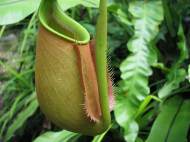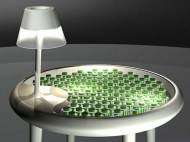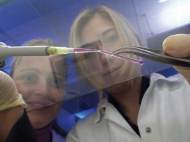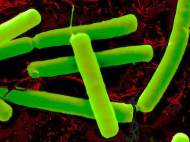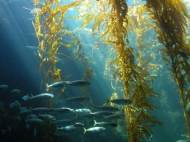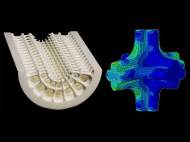Bionics»
Climbing plants inspire self-healing membranes
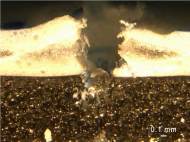 Swiss Federal Laboratories for Materials Science and Technology (Empa) researchers have been inspired by climbing plants to develop a polymer foam surface coating with a closed cell construction capable to reduce the pressure loss after the membrane is damaged. Aside making future inflatable structures more resistant, the technology could provide them with a longer operational… »
Swiss Federal Laboratories for Materials Science and Technology (Empa) researchers have been inspired by climbing plants to develop a polymer foam surface coating with a closed cell construction capable to reduce the pressure loss after the membrane is damaged. Aside making future inflatable structures more resistant, the technology could provide them with a longer operational… »

